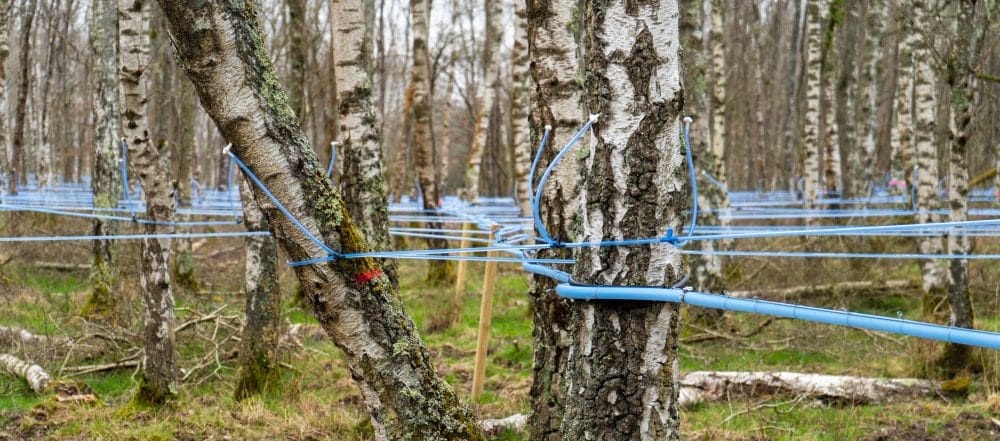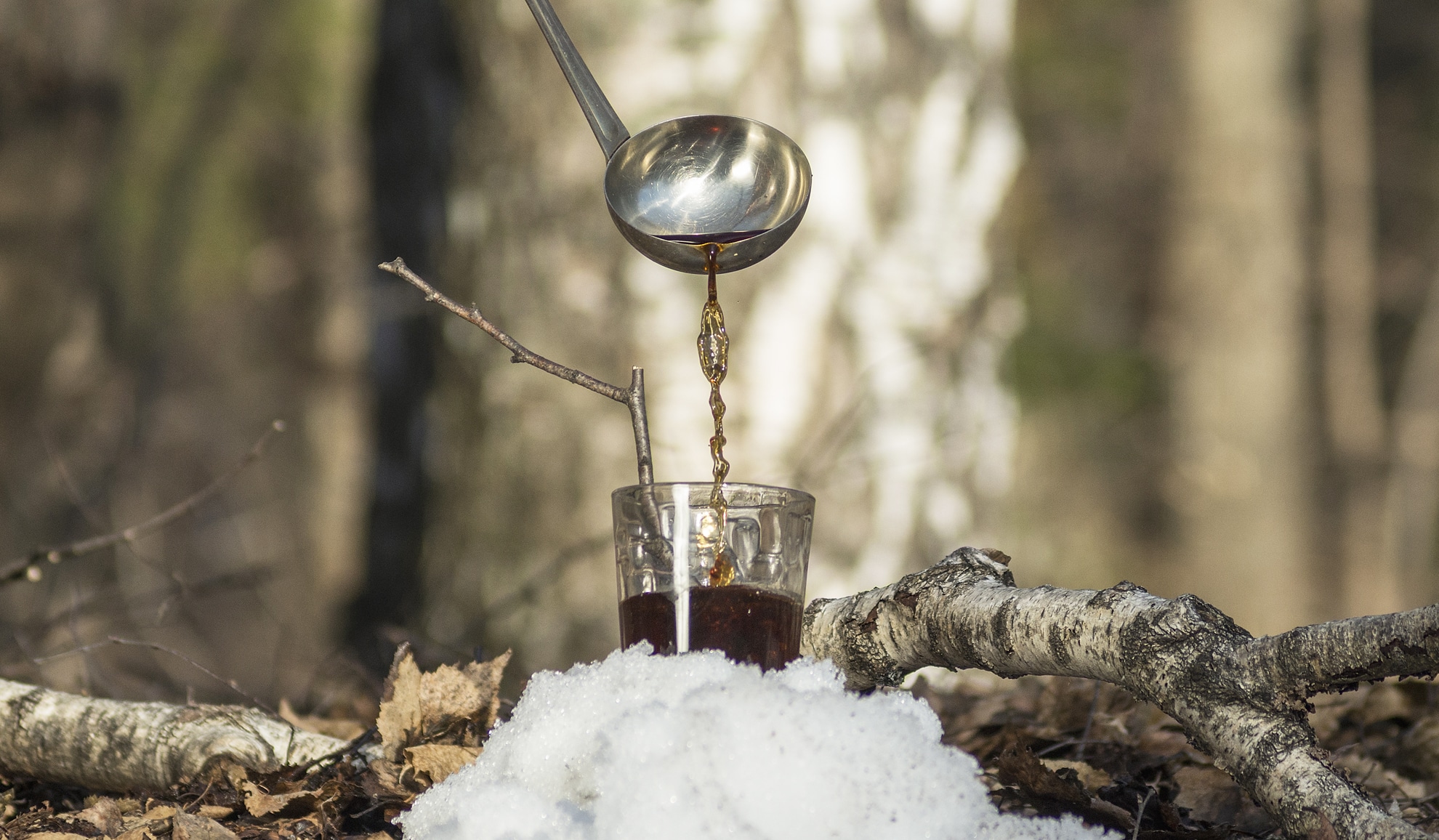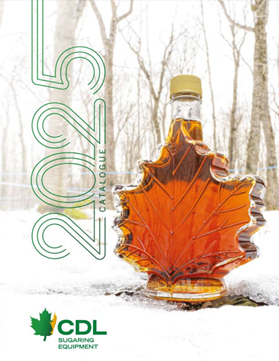Raw birch sap is a particularly sought-after water. It is harvested by birch sap tapping kit in the spring, when the buds are about to come out. It is especially known for its revitalizing, anti-inflammatory and draining properties. If a liter of raw birch sap is expensive, it is partly because of the subtlety of its collection. Moreover, it is possible to do it yourself! Just follow a few key steps to understand how to collect birch sap.
When extracting plant water, no matter where it comes from, it’s important to use the right methods so that the plant’s vitamins and nutrients are retained. Proper extraction includes distillation and evaporation.
The so-called “mineral sap,” found closer to the ground (within 50 cm), has more benefits than sap harvested from higher in the tree. Yield can be between one and several litres per day. On average, birch sap is half as sweet as maple sap.
Harvesting birch sap uses essentially the same equipment as maple sap. However, birch is a fairly fragile tree, so tapping and tubing must be done carefully.
Birch sap tapping kit
To tap birch sap you will need a bottle and a plastic tube. You will also need a battery powered drill or a hand drill. You will need a straw and a strong string. And finally, you need to use 2 drill bits:
- One with a diameter of 5 to 6.5 mm to find the cap of the bottle;
- Another one, much thinner, to drill the tree in question.
Of course, you will have to choose a fairly old tree, that is, with a sufficiently large trunk. You should also choose birch trees in the forest.

How to tap birch sap
All tree water, regardless of its origin, requires specific extraction techniques so that the nutrients and vitamins are perfectly preserved. Moreover, the birch is a particularly fragile species. It is therefore necessary to take some precautions during the notching and the tubing installation.
- The first step is to pierce the cap of the water bottle. Use the 5 or 6 mm drill bit! You can then insert your tube;
- Next, move on to drilling the birch trunk. Aim for an area about 1 meter above the ground. The drilling depth should be around 3 cm. Above all, make sure that the drilling is precise and not too large. This will help you to preserve the well-being of the tree;
- The other end of the plastic tube should be placed in the trunk previously drilled. You will notice that the birch sap will start to flow gradually into your container;
- On average, you should get about 5 liters of plant water per day. This will depend on the type of tree;
The container should be attached to the tree for about 12 to 24 hours, hence the need for the string. After this time you can change the bottle and continue harvesting, as long as the tree can provide you with sap. Make sure that the bottle is securely fastened to avoid loss. Every ml is precious!
Once the sap harvest is finished, remember to protect the birch water from the heat and even from the light. To do this, use an opaque cloth to wrap your container right after extraction. If the birch sap was collected in the wild, consider covering the container with foliage.
Don’t forget to plug up the pierced tree trunk with a wooden dowel. This will allow the tree to naturally regrow its bark. An unsealed trunk can make the birch tree very fragile.
How to preserve birch sap ?
When the season begins, birch sap must be harvested daily, as it keeps for less than 36 hours. After harvest, you need to preserve birch sap quickly. It can be pasteurized or frozen to preserve it longer.
Like its maple cousin, birch sap can be heated to transform it into syrup. On average, 130 litres of birch water are needed to create one litre of syrup. That’s at least three times more than maple syrup, which requires between 30 and 40 litres of sap to create one litre of syrup.
Birch water also needs to be boiled longer than maple water and over a lower heat to prevent it from burning. Cooking is often completed in a boiler to ensure the quality of the final product. Once it’s finished, the syrup is graded by colour and taste.
In France, birch sap is marketed in two different ways: fresh or stabilized. Fresh sap is harvested by producers and usually consumed within three to four weeks at the most. Stabilized birch sap, on the other hand, keeps longer because the sap fermentation has been stabilized with lemon juice, plant buds and a small amount of plant alcohol.
Birch sap uses
Birch syrup is often used as a substitute for balsamic vinegar in salad dressings or marinades. It can also accompany green vegetables, fish or even seafood. In terms of nutritional value, it is more akin to honey than maple syrup. Although maple syrup is the most popular pancake topping, birch syrup is a great choice as well! It can also be used as a sweetener for things like coffee, some desserts or bread.
Finally, in Europe it is used to produce everything from birch sap toffees, birch sap beer, birch sap wine, birch sap brandy and birch sap vinegar.

